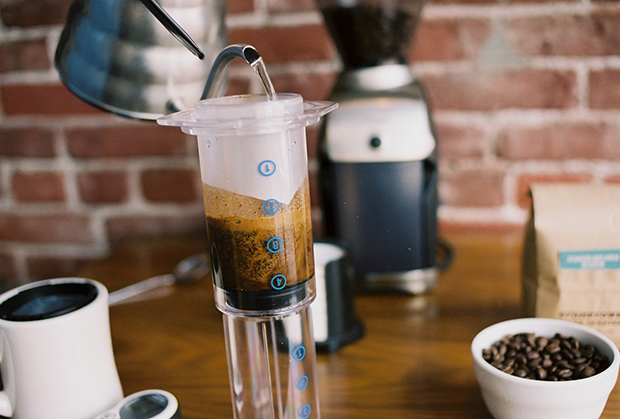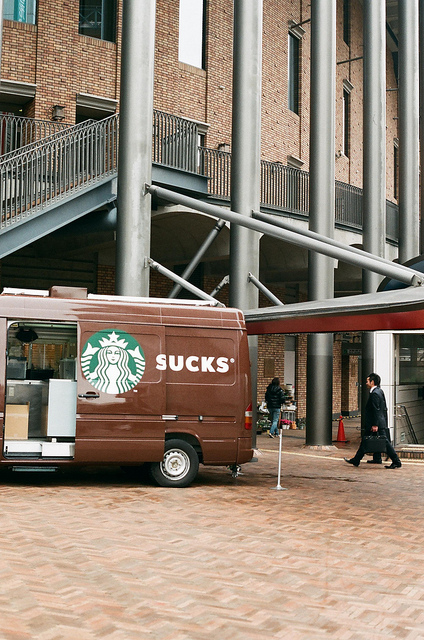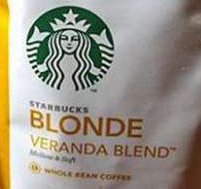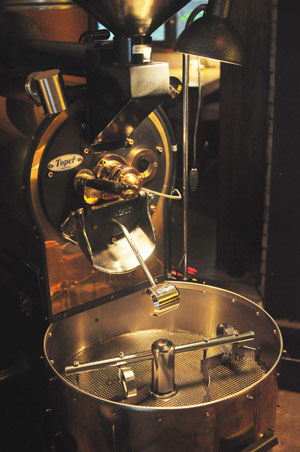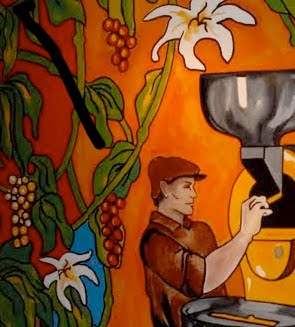
(Click the image for a large version.)
A while back, I came up with this chart to display all the different variables that go into producing coffee. Using just the combinations listed here and assuming about 20 growing regions, you get 2 x 5 x 20 x 3 x 3 x 3 x 5 x 5, or 135,000 combinations! That’s a lot of variety in flavors. It really is just like wine. Maybe even more than wine.
Even if you are a veteran coffee drinker though, you may have never heard of some of the things on this list. Can you tell me what varietal is in the cup you are drinking right now? Typica? SL28? Do you know if it was dry processed? What grade of bean was used? OK. So you look on the package and see it’s called “House Blend”. What does that mean? Coffee nerds might know some of these terms. If you buy your beans from someone that charges $15 a pound or more (Stumptown for instance) some of these things might be printed on the label. At the grocery store or your local coffee shop though, what are you going to see? Most likely, the number one thing you are going to see on a label, even more than the roast, is the ORIGIN. Yes, the country of origin. Why? Well, because over the years, of all the things on the above list, this one has come to take on the most meaning. In fact, many of the other things on this list are actually implied from this one piece of information. There really aren’t 135,000 combinations. Not in the real world any way. Revealing the origin narrows things down the MOST.
Here are some examples (at least in the U.S.)
Ethiopia = Arabica species, Heirloom variety, wet processing, medium-dark roasting, single origin (loose), preferable brewed in a press pot, served black
Columbia = Arabica species, Typica variety, wet processing, dark roasting, blended with other stuff, drip, served with cream and sugar
Panama = Arabica, Geisha variety, wet processing, light roast, single origin (strict), pour-over brew, served black
India = Robusta, dry process, dark roast, blended 1/6, espresso (Italian style)
Sumatra = Arabica, Mandheling variety, wet processing, medium-dark roast, blended 1/3, espresso
These are generalizations of course, and there are plenty of exceptions. What I find fascinating is how much is rolled up into just ONE of these variables.
Naming the origin immediately introduces a bunch of constraints. Places with easy access to a lot of water will use wet process instead of wet. Places like Ethiopia that have been producing coffee for centuries have all kinds of crazy varieties growing there. Places that were only began to be cultivated in the 20th century (El Salvador for example) will have farms growing entirely high-yield varieties put together by agriculture engineers in the 1950s. The soil of Indonesia is so radically different from other regions, it largely determines the flavor of the coffee AND it’s use as the low end component in espresso blends. I could go on and on. The origin tells a story. The other variables do too, but the origin tells the longest tale.
It makes me think about the other words we pack full of meaning and implications. It’s what “stereotypes” are really. It’s too bad the word (and the idea itself) has so much stigma attached to it. It is just a natural outworking of our minds trying to categorize things in the most efficient way possible.
Filed under: Uncategorized on October 11th, 2012 | No Comments »

